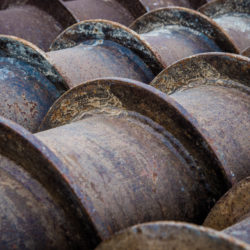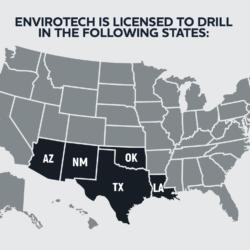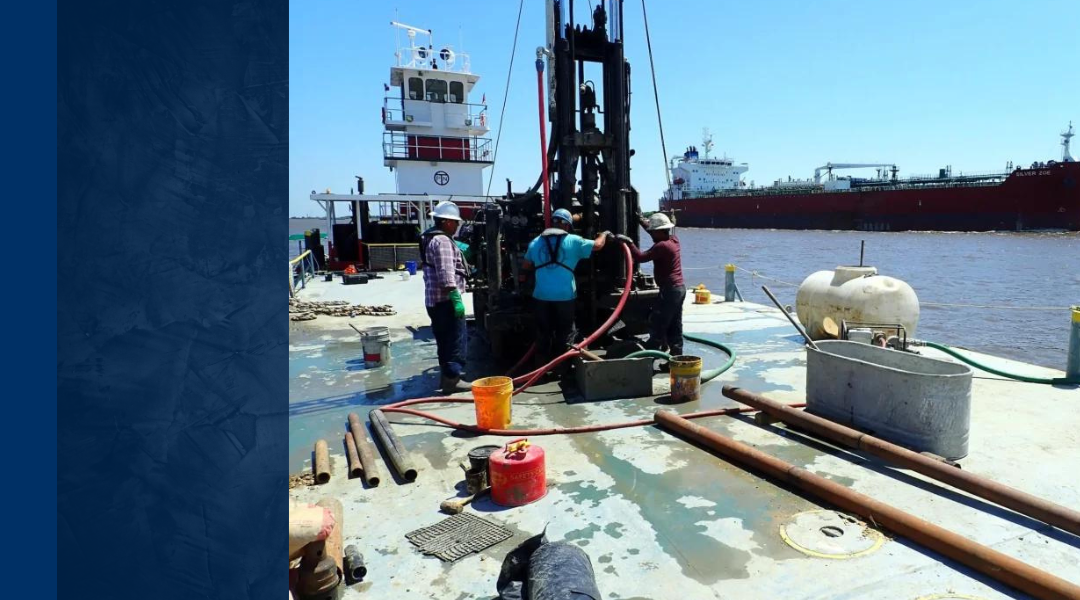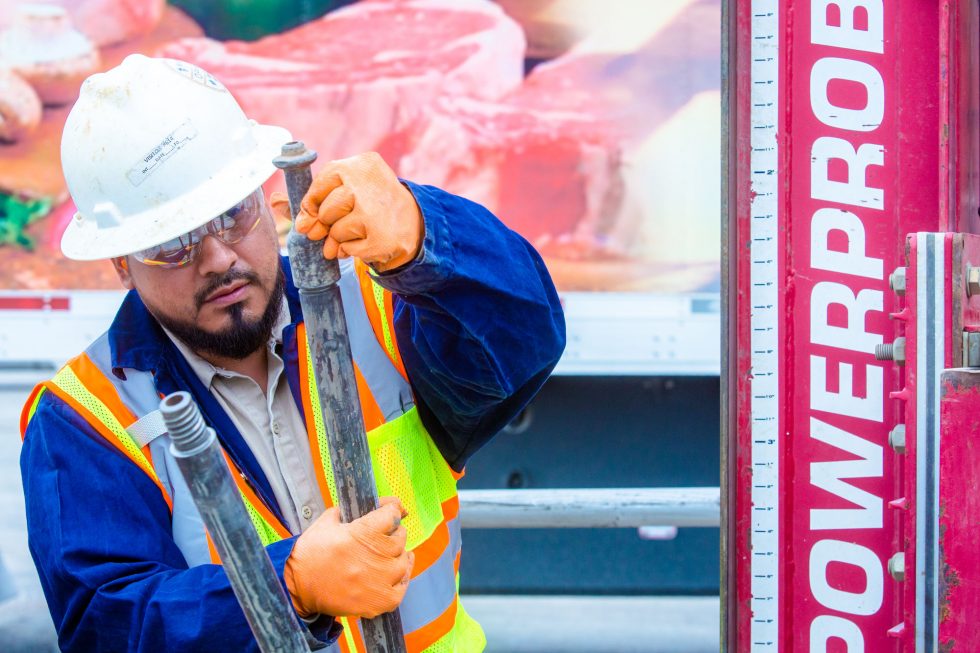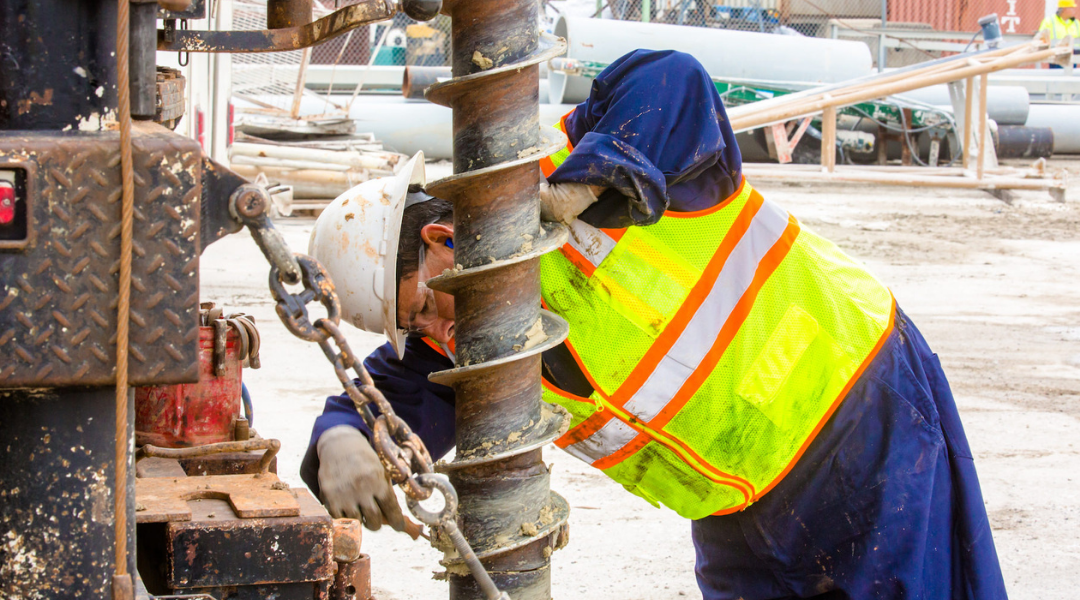
Learn More About Monitor Well Drilling
The design and installation of permanent monitoring wells involve drilling into various types of geologic formations that exhibit varying subsurface conditions. Designing and installing permanent monitoring wells in these geologic environments may require several drilling methods and installation procedures. The selection of drilling methods and installation procedures should be based on field data collected during a site investigation and/or a search of existing data. Each permanent monitoring well should be designed and installed to function properly throughout the duration of the monitoring program.
Drilling Methods
Several drilling methods may be used to install environmental monitoring wells or collect samples under various subsurface conditions. In all cases, the preferred methods are those that case the hole during drilling, at Envirotech we use Hollow Stem Augers (HSA) and Mud Rotary or Air Rotary methods. Other methods may be used where specific subsurface or project criteria dictate.Strong Data
For regulatory compliance, you need good groundwater data. In order to have good data, you need wells that are constructed with a good filter pack and an annular seal. Our lead drillers have an average of over 10 years in the industry, so they know how to get your wells constructed properly, and they know how to keep their crews working safely and efficiently.Hollow Stem Auger
This type of auger consists of a hollow, steel stem or shaft with a continuous, spiraled steel flight, welded onto the exterior. A hollow auger bit, generally with carbide teeth, disturbs soil material when rotated, whereupon the spiral flights transport the cuttings to the surface. This method is best suited to soils that have a tendency to collapse when disturbed. Monitoring well can be installed inside hollow-stem augers with little or no concern for the caving potential of the soils. If caving sands exist during monitoring well installations, a drilling rig must be used that has enough power to extract the augers from the borehole without having to rotate them. A bottom plug, trap door, or pilot bit assembly can be used at the bottom of the augers to keep out most of the soils and/or water that have a tendency to enter the bottom of the augers during drilling. Removing the soil plug from the augers can be accomplished by drilling and washing out the plug using a rotary bit, or auguring out the plug with a solid stem auger bit sized to fit inside the hollow-stem auger. Boreholes can be augured to depths of 150 feet or more (depending on the auger size), but generally, boreholes are augured to depths less than 100 feet.Select the Best Drilling Method
When it comes to choosing drilling methods, Envirotech can install monitor wells using Hollow Stem Augers (HSAs), Mud Rotary, or Air Rotary drilling methods. Our Project Managers will help you select the most appropriate drilling method based on the site lithology.Contact Us
Reach out to us today to talk about your monitor well drilling project and figure out which drilling method will work best for you. Fill out the form on our website, so we can get in touch.
WELL DRILLING
The design and installation of permanent monitoring wells involve drilling into various types of geologic formations that exhibit varying subsurface conditions.
